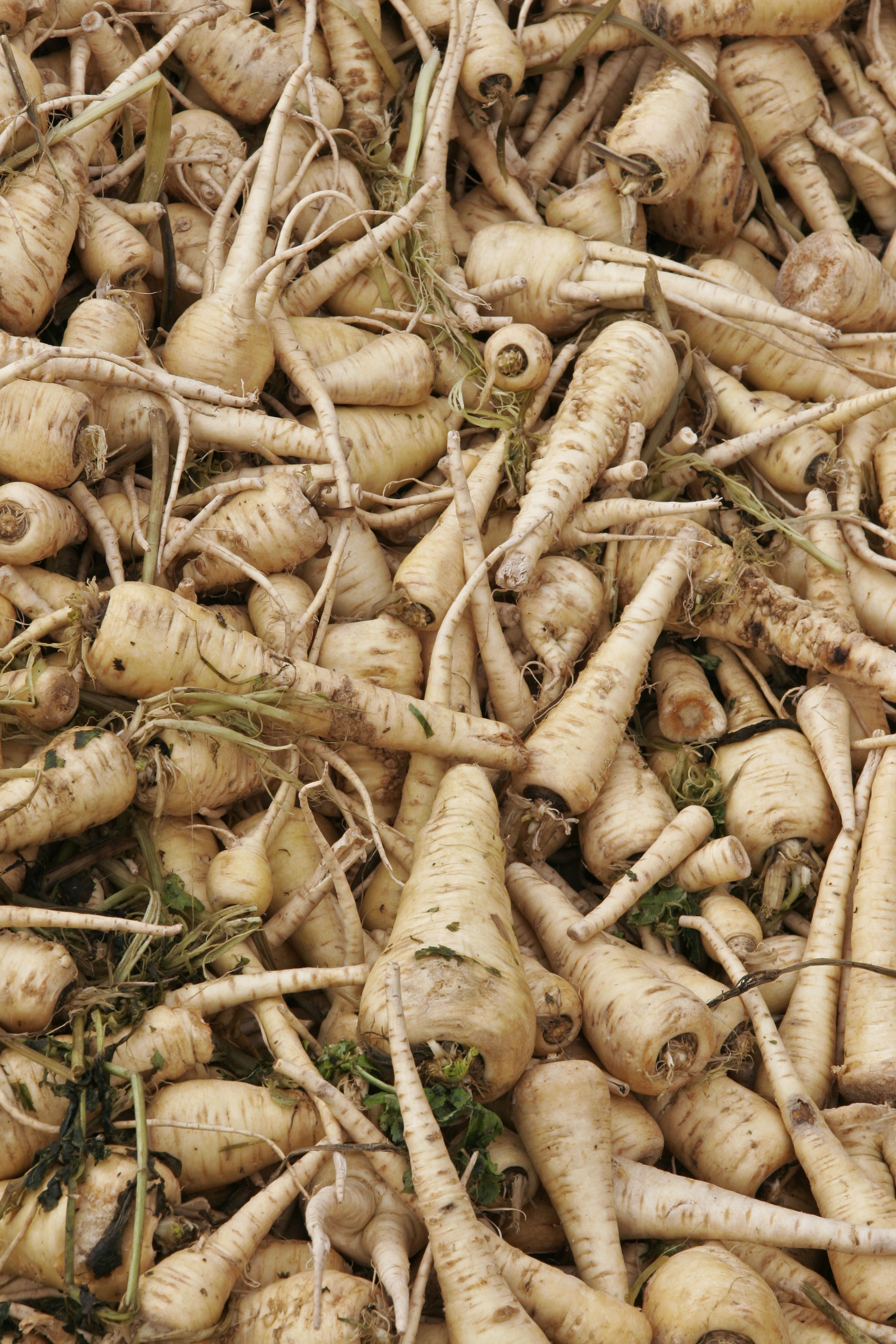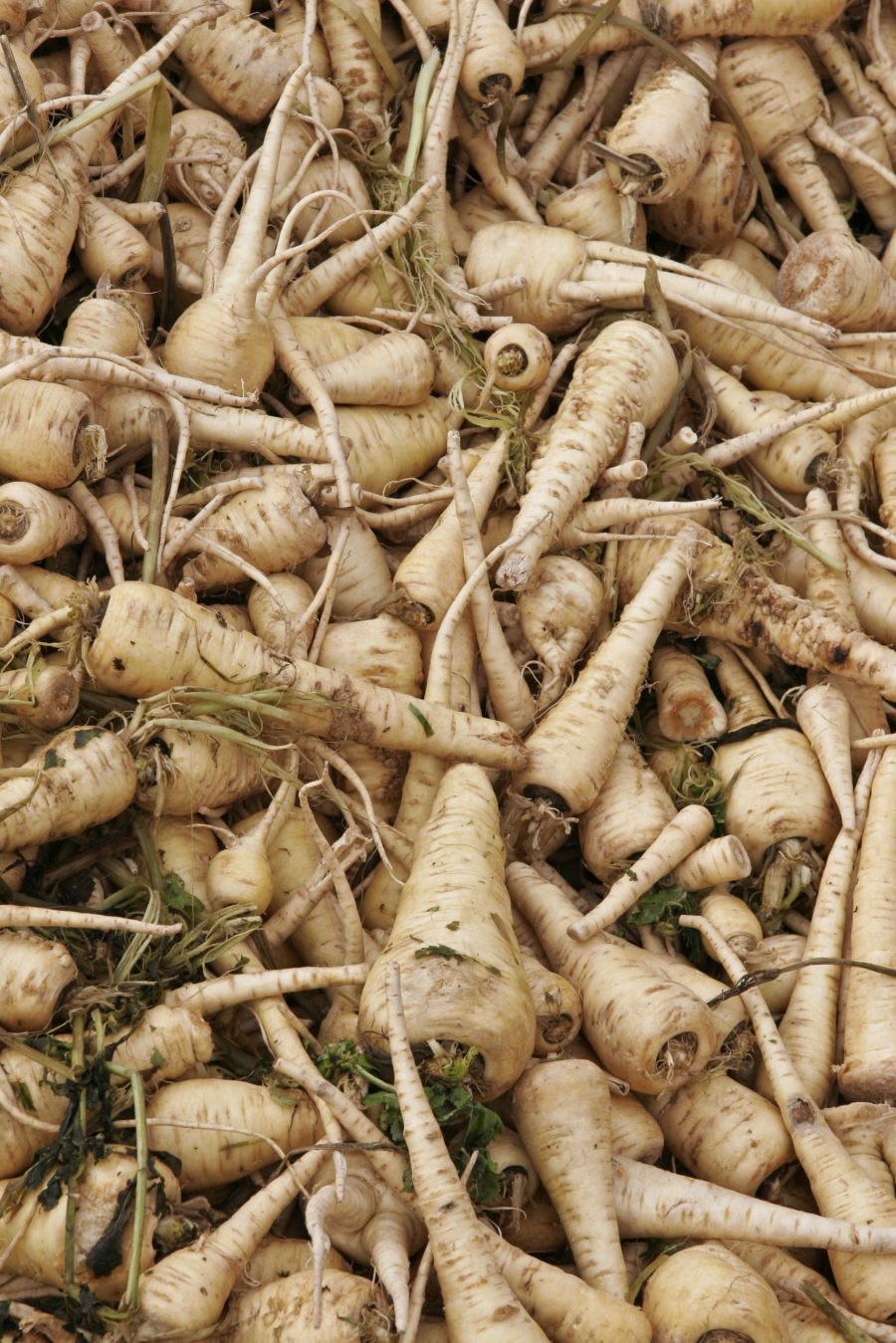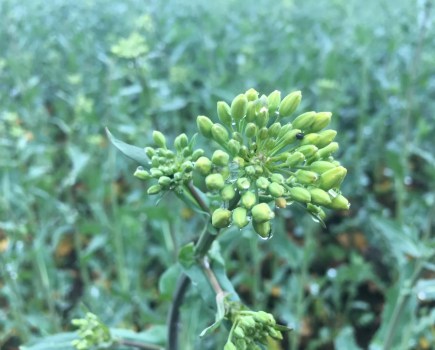 Velum Prime the liquid nematicide containing fluopyram can now be used for the control of free-living nematodes on parsnip crops after AHDB Horticulture was granted an extension of authorisation for minor use in this crop. Charlotte Cunningham reports.
Velum Prime the liquid nematicide containing fluopyram can now be used for the control of free-living nematodes on parsnip crops after AHDB Horticulture was granted an extension of authorisation for minor use in this crop. Charlotte Cunningham reports.
The news will likely be welcomed by parsnip growers who have been contemplating how to protect crops since authorisation for oxamyl was withdrawn at the end of 2020.
“The loss of oxamyl left parsnip growers without an effective nematicide, but with this extension of authorisation there is an additional means of control for FLN (Pratylenchus, Trichodorous, Paratrichodorous spp.),” says Joe Martin, AHDB Horticulture. “A positive of Velum Prime is the reduced operator exposure and greater flexibility in application.”
“The situation was close to desperate. Since oxamyl was withdrawn last year we have been contacted by many growers asking us to make representations on their behalf. Applying for an EAMU for Velum Prime is one example of the work we have done on their behalf and we have been successful.”
The EAMU was published by the Chemicals Regulation Division of the Health & Safety Executive (HSE) on 16 Feb. A copy of the EAMU can be downloaded from the Pesticides Register on the HSE website.
The news will come as relief to parsnip growers says Claire Matthewman, Bayer campaign manager for horticulture.
“Parsnips are more vulnerable to fanging than carrots, so being able to apply a product previously approved for use in carrots will come be as a great relief to growers concerned about the potential of FLN to cause severe losses.
“AHDB Horticulture is to be applauded for the speed of its actions in submitting this application on behalf of the industry,” she added.
Until recently, Velum Prime was limited to potatoes and carrots where it is approved for the suppression of plant parasitic nematodes, but with this EAMU it becomes the only low volume nematicide approved for use in parsnips. It also brings a new mode of action for the management of FLN in this crop group.
“The need for an alternative means of managing FLN was central to our application. This should help support resistance management in what is an important pest group,” adds Joe.
The EAMU allows for Velum Prime to be applied using a horizontal boom sprayer at a rate of 0.625 litres/ha in a water volume of 250-500 litres/ha. In practice, this is the same as the authorisation allowing for Velum Prime on carrots, he says.
“The wording may be slightly different, but we have been reassured by CRD that the application practices approved for use in carrots also apply to parsnips. This means growers can apply Velum Prime via either a conventional boom sprayer or a boom mounted on the front of a cultivator. Incorporation must be made to a minimum depth of 10-20cm, and application must be no more than 72-hours before drilling,”
Other restrictions on use are that no more than one application in two years and cardoons, celeries, Florence fennels and crops belonging to the category ‘other stem vegetables’ must not be planted as succeeding crops. Nor can Velum Prime be used to target Sclerotinia while the first fungicide applied after drilling must belong to a different mode of action group in the interests of resistance management.




